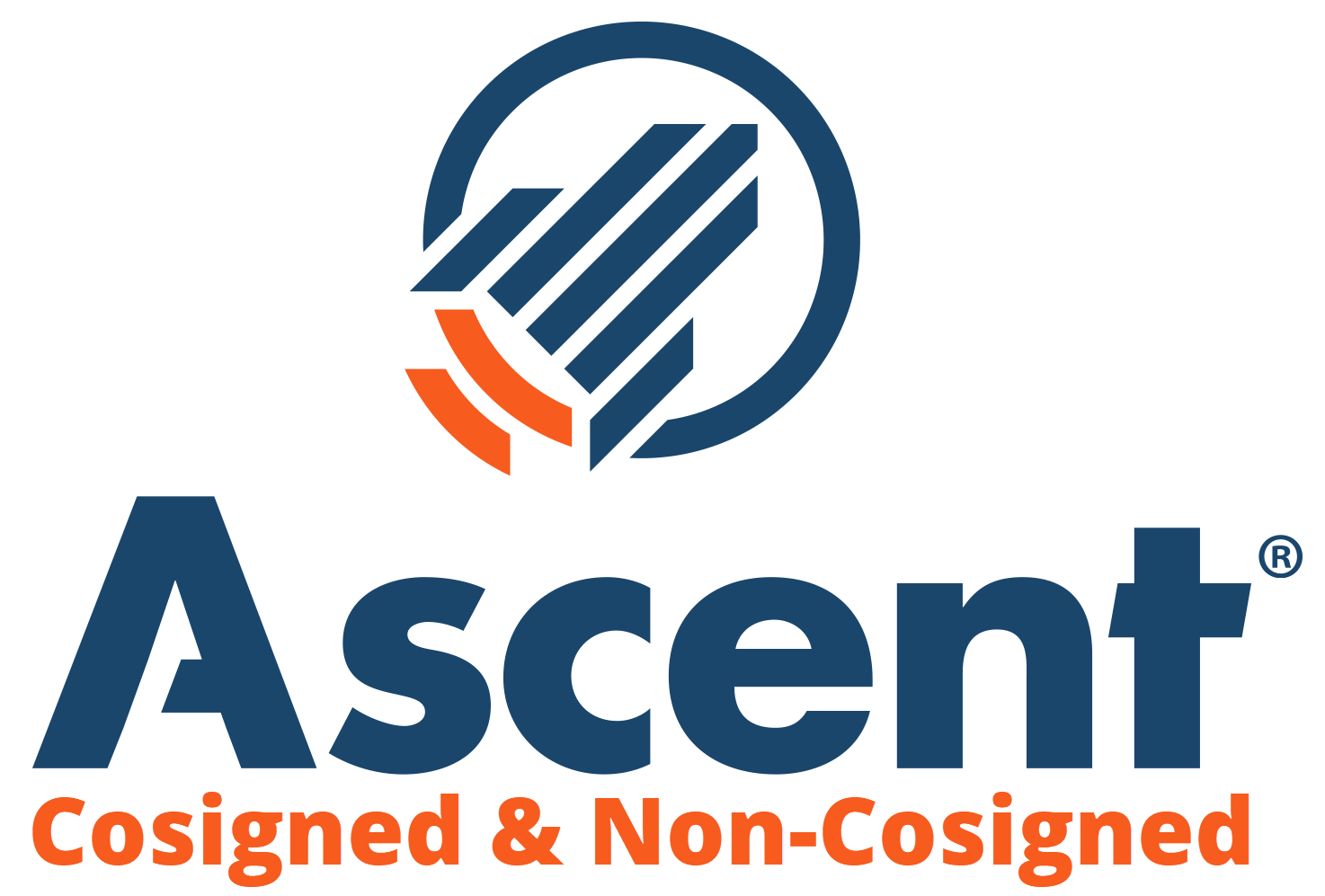Federal loans and grants are the two major types of federal financial aid students receive after filing the FAFSA. But they’re not the only two. There are a few other types of financial aid you can utilize including work-study, state aid and institutional aid. If you additional funds to cover your cost of attendance, you could also explore private sources. Don’t forget about scholarships. With some effort, you can win a considerable amount of money to help cover your college expenses. And the best part of all, it’s free money – that’s the best form of financial aid you could find.
Here’s a more detailed look at the different types of financial aid and how to avail of each.
1. Work-Study
The Federal Work-Study program provides part-time employment to students with financial need. This allows students to work part-time and earn money to pay for school. Work-Study is available to undergrad, grad, and professional students with financial need who are enrolled in participating colleges.
If you qualify for work-study, you will work part-time on or off campus while still enrolled in college. Whenever possible, the work you’re offered will be related to your field of study. But there’s no hard and fast rule about this. If there are no job openings in your field, you should be prepared to take on any job.
The Federal Work Study program will award you a fixed number of work hours a week, and your total work-study award will depend on the level of financial need and your school’s available funding. Work hours are limited to the amount awarded, and you cannot work more than the allotted hours.
Work-study jobs pay at least the federal minimum hourly wage. The exact hourly wage depends on the type of work and the skills required for that position.
The money earned through work-study is credited to you in the form of a paycheck and is meant to be used for incidentals. You can use your earnings to pay for anything from food and transportation to toiletries and books. The only restriction is that these funds are not applied to your tuition.
2. State Aid
State aid is financial aid that some states offer eligible students to help cover college costs. It may be offered in the form of grants, scholarships, or loans. The specific requirements vary from one state to another.
Most states offer aid only to state residents attending an in-state college. Others may offer aid to state residents attending college in any state. Few states extend aid to out-of-state students attending a public college in their state.
The application process, the funds allotted, and the process for disbursing aid also varies from state to state. Most states require students to have filed the Free Application for Federal Student Aid (FAFSA) in order to qualify for state aid while others may require families to complete a separate application.
Funds for state financial aid come from state resources. These funds are usually limited and offered on a first-come first served basis. Filing the FAFSA early increases the chances of getting the maximum amount of aid you’re eligible for.

3. Institutional Aid
Colleges offer institutional aid to enrolled students who qualify in the form of grants, scholarships, loans, or work-study. As with state aid, every college has its own requirements as to who qualifies. The type and amount of aid offered also differs from one college to another. Institutional aid is usually offered and funded by the college or university itself. In some colleges, alumni also offer grants and scholarships to qualifying students.
Most colleges require students to submit their FAFSA to qualify for aid. They use the information submitted on your FAFSA to determine what forms of aid and how much aid to offer you. Some colleges calculate your financial aid based solely on the FAFSA. Others may require you to submit an essay or fill out some paperwork. Still, others may conduct interviews to determine eligibility. Many colleges may also require aid applicants to fill out and submit the CSS Profile to get more information about their family’s finances.
Every college sets its own deadline for reviewing financial aid. Funds are usually limited and offered on a first-come first served basis. Submitting the FAFSA early increases your odds of receiving a more generous aid package from your school.
Don’t hesitate to call the school’s financial aid department and get whatever clarifications you need so you don’t miss out on aid you’re eligible for.
4. Employer Funding
Several private companies offer financial aid to eligible employees. You have a better chance of qualifying if the courses you’re taking are related to your job and your career path. The company’s human resources department is the best source to get more information about tuition reimbursement or other aid.
Some companies offer scholarships to dependents of employees too. You may qualify for some aid through your parents’ place of employment. It’s worth taking the time to speak to the HR department to ask about aid options.
5. Scholarships
When looking for financial aid to cover the cost of college, you definitely don’t want to ignore scholarships. They may be awarded by the federal government, states, educational institutions, private organizations or even individuals. The award money varies from one scholarship to another and so do the requirements and the application process.
Scholarships are the best form of financial aid you can receive to reduce the cost of college as the money is interest-free. Better still, there’s no limit to the number of scholarships you can apply for and no limit to the amount of money you can win.
Let us help you search for scholarships today!
6. Private Loans
If you’ve exhausted all other options, you can borrow money from private lenders. Private student loans can be expensive and have rigid terms and conditions. They are usually the last resort when looking for financial aid for college. If you need to consider private student loans, make sure you compare rates and terms so you find the best loan to fit your needs.
Find and compare student loan rates.
| Lender | Rates (APR) | Eligibility | |
|---|---|---|---|
 |
5.19% - 15.81%* Variable
3.99%-15.61%* Fixed |
Undergraduate and Graduate |
VISIT CITIZENS |
 |
4.79% - 14.96% Variable
3.49% - 15.49% Fixed |
Undergraduate and Graduate |
VISIT SALLIE MAE |
 |
4.38% - 17.99% Variable
3.39% - 17.99% Fixed |
Undergraduate and Graduate |
VISIT CREDIBLE |
 |
5.34% - 13.19% Variable
3.48% - 12.61% Fixed |
Undergraduate and Graduate |
VISIT LENDKEY |
 |
5.25% - 14.26% Variable
3.39% - 14.16% Fixed |
Undergraduate and Graduate |
VISIT ASCENT |
 |
3.70% - 8.75% Fixed |
Undergraduate and Graduate |
VISIT ISL |
 |
4.99% - 16.85% Variable
3.47% - 16.49% Fixed |
Undergraduate and Graduate |
VISIT EARNEST |
 |
5.00% - 13.97% Variable
3.69% - 14.22% Fixed |
Undergraduate and Graduate |
VISIT ELFI |









